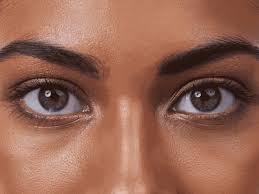Eye signals
- Eye gaze: Directly eye contact indicates interest and paying attention. Prolonged eye contact can feel threatening.
- Blinking: People often blink more rapidly when they are feeling distressed or uncomfortable.
- Pupil size: Highly dilated eyes, for example, can indicate that a person is interested or even aroused.
742
3.59K reads
CURATED FROM
IDEAS CURATED BY
The idea is part of this collection:
Learn more about communication with this collection
Ways to improve productivity
Strategies for reducing stress
Tips for managing email overload
Related collections
Read & Learn
20x Faster
without
deepstash
with
deepstash
with
deepstash
Personalized microlearning
—
100+ Learning Journeys
—
Access to 200,000+ ideas
—
Access to the mobile app
—
Unlimited idea saving
—
—
Unlimited history
—
—
Unlimited listening to ideas
—
—
Downloading & offline access
—
—
Supercharge your mind with one idea per day
Enter your email and spend 1 minute every day to learn something new.
I agree to receive email updates
